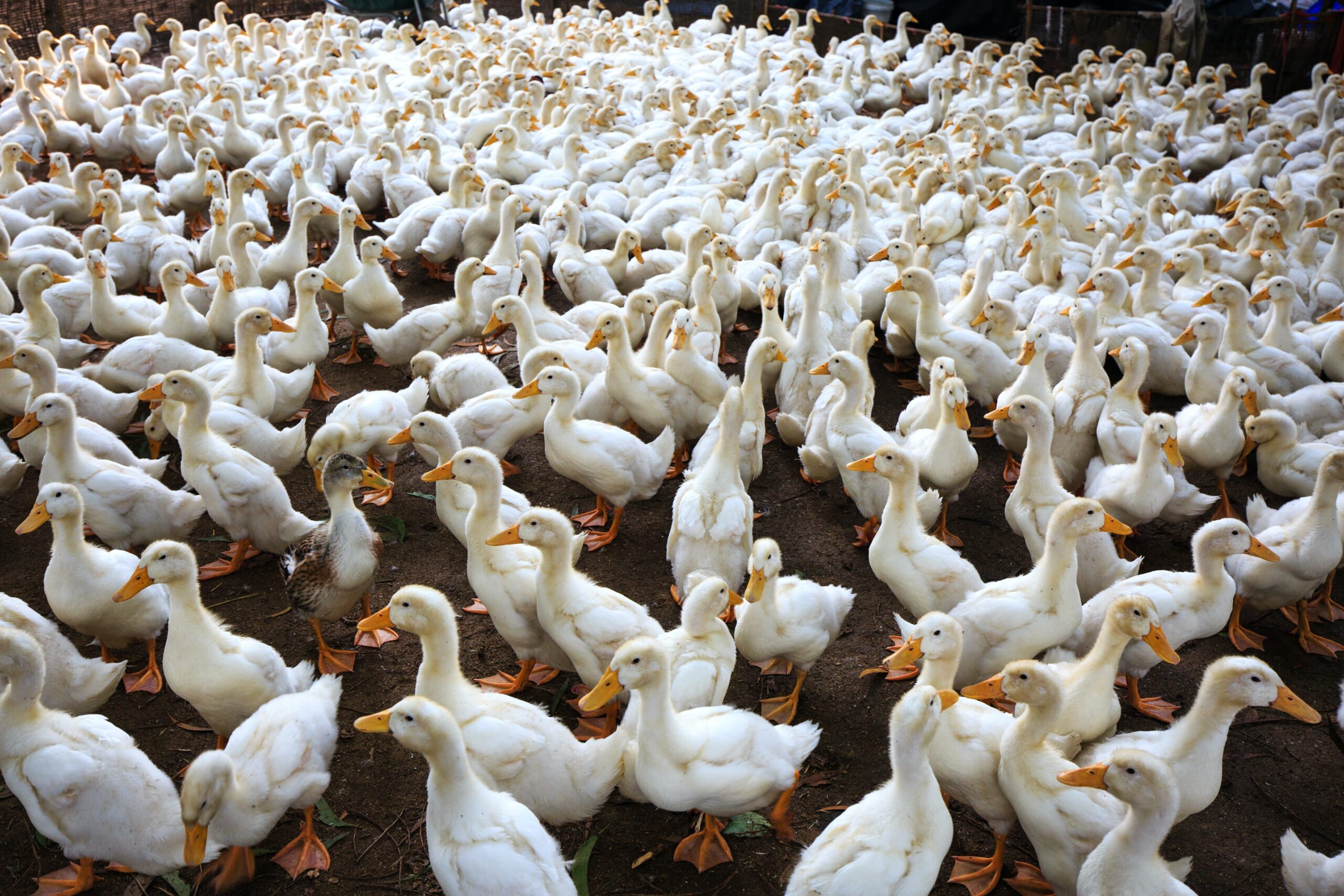The Netherlands: In January 1997, a farmer in Venhorst, The Netherlands had reported several pigs with anorexia (unwillingness to eat), coughing and blue ears to the local veterinarian. The veterinarian believed the pigs had pneumonia and treated them with antibiotics. When the pigs did not recover, the veterinarian then believed PRRS (porcine respiratory and reproductive syndrome) was the cause of the illness. However, a cadaver brought to the animal disease diagnostic laboratory was diagnosed with CSF on February 4. The significant lag time between finding the first ill pig and diagnosis contributed to the widespread outbreak of the disease and slaughter of millions of animals.
It is believed that this first outbreak of CSF was introduced into The Netherlands by a livestock truck that had contacted infected pigs in the Paderborn region of Germany. The cold conditions that year preserved the virus and hindered the effective cleaning of the truck. In the weeks following the initial diagnosis of CSF, dozens of outbreaks a week were reported across the country. The CSF outbreak continued until March 1998 with over 700,000 infected pigs destroyed. In addition, over 1 million pigs were euthanized in pre-emptive slaughter operations and over 7 million pigs were euthanized for animal welfare reasons. It is estimated that the 1997 CSF outbreak cost The Netherlands $2.3 billion US dollars.
East Anglia, UK: From June to August 2000, a swine finishing operation in Essex had received several shipments of newly weaned piglets from a breeding farm. The breeding farm had received a routine health inspection by the veterinarian in June 2000. At that time, there weren’t any clinical signs of disease present. However, the first sow believed to be infected with CSF was reported as not well on June 20. She died on July 25.
During this time period, the swineherds were battling small outbreaks of post-weaning multi-systemic wasting syndrome (PMWS) and porcine dermatitis and nephropathy syndrome (PDNS). These diseases mimic the clinical signs of CSF. Therefore, it wasn’t until August 8, 2000, that CSF was diagnosed at a farm in Suffolk. Due to the delay, over 16 farms were affected and 74,793 pigs were slaughtered to prevent the further spread of the disease.
It is believed that the use of outdoor enclosures for the breeding herd contributed to the introduction of CSF. The outdoor enclosures were surrounded by several walking paths that placed the swine in direct contact with the public. It is believed that a hiker on these trails tossed some illegally imported meat into the enclosure with the swine. The meat was contaminated with CSF.






